
Organize your creativity with the #1 book outlining and story bible software for professional and aspiring writers.
Product
Helpful Links
© Fictional Devices, 2024. All Rights Reserved.
Behind most great characters there is likely a great character biography in the author’s fiercely guarded keep. If not, that author has an amazing memory—we hope.
In this article, you’ll learn what a character bio is, why you should create one, and how you can use the Character Bio template in Plottr to keep you and your books on track.
A character bio or biography is simply a document professional authors use to record the basic details of their characters lives, such as their height, birth place, religion, and educational background, among other important tidbits discussed below.
A robust character bio provides you as an author with a full backstory of your characters’ lives—a central source of truth that you can always reference for insight into how they would appear, think, or behave in a given scene or situation.
Many modern novelists, including bestselling authors like Jerry Jenkins, use character biographies to develop their heroes, heroines, villains, and supporting cast.
Yes! Even if you have a memory like Sherlock Holmes, the short answer is yes.
If you’re a pantser or discovery writer, you may not outline or organize your plot. But it’s hard for anyone to write a novel if you can’t keep your basic character details straight.
While character bio examples come in many different shapes and sizes, the template included in Plottr gives you 17 essential attributes as a foundation for your character’s backstory.
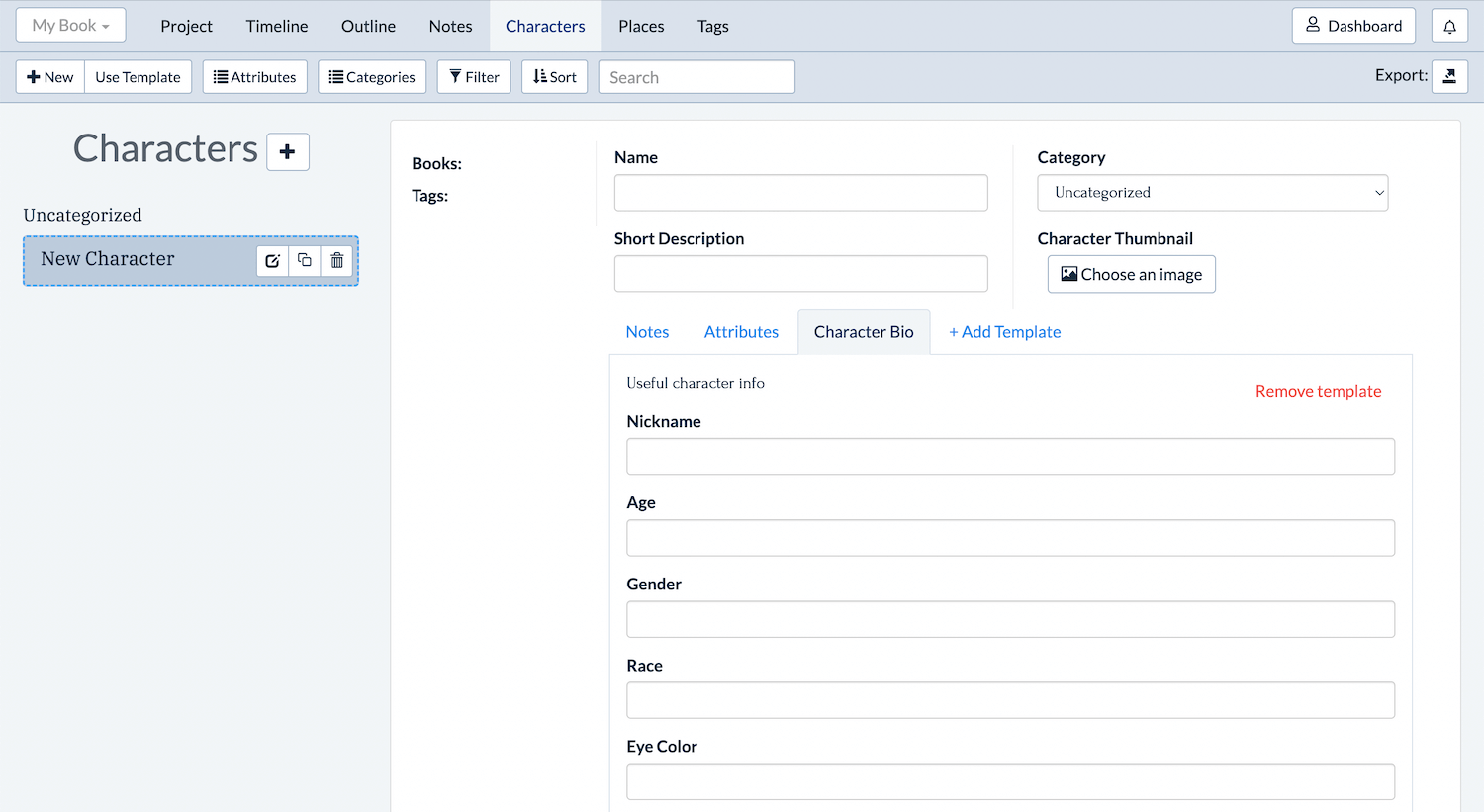
Is your brain buzzing with ideas? Good. Just keep in mind that a character bio is intended to inform you, as the writer, about your character—much of what you’ll include should not be told to your readers explicitly.
As Stephen King never said, “a great character bio is not a license to info dump.”
Now that you have an idea of what a character bio is, let’s take a look at an example of the Plottr template in action. And to do that, let’s use the action film John Wick.

Pretty nifty, right? By having this data on hand, you’ll never forget the basics of your character and what drives them (and you) toward the end of your novel.
If you’re ready to get started using the Character Bio template in Plottr, first you’ll need to purchase Plottr or sign up for the free trial.
Once you have Plottr set up on your computer, follow these four steps to add the Character Bio template to your character:

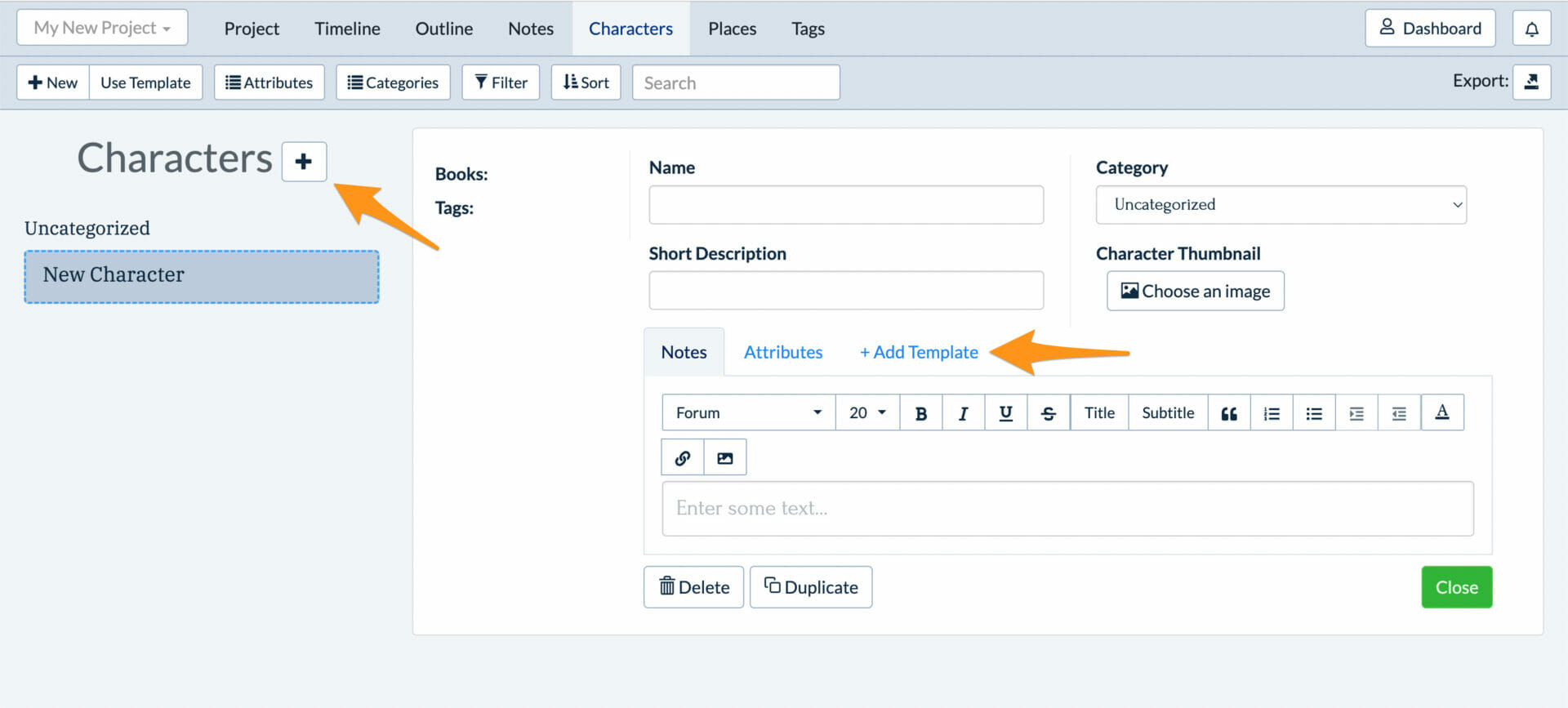
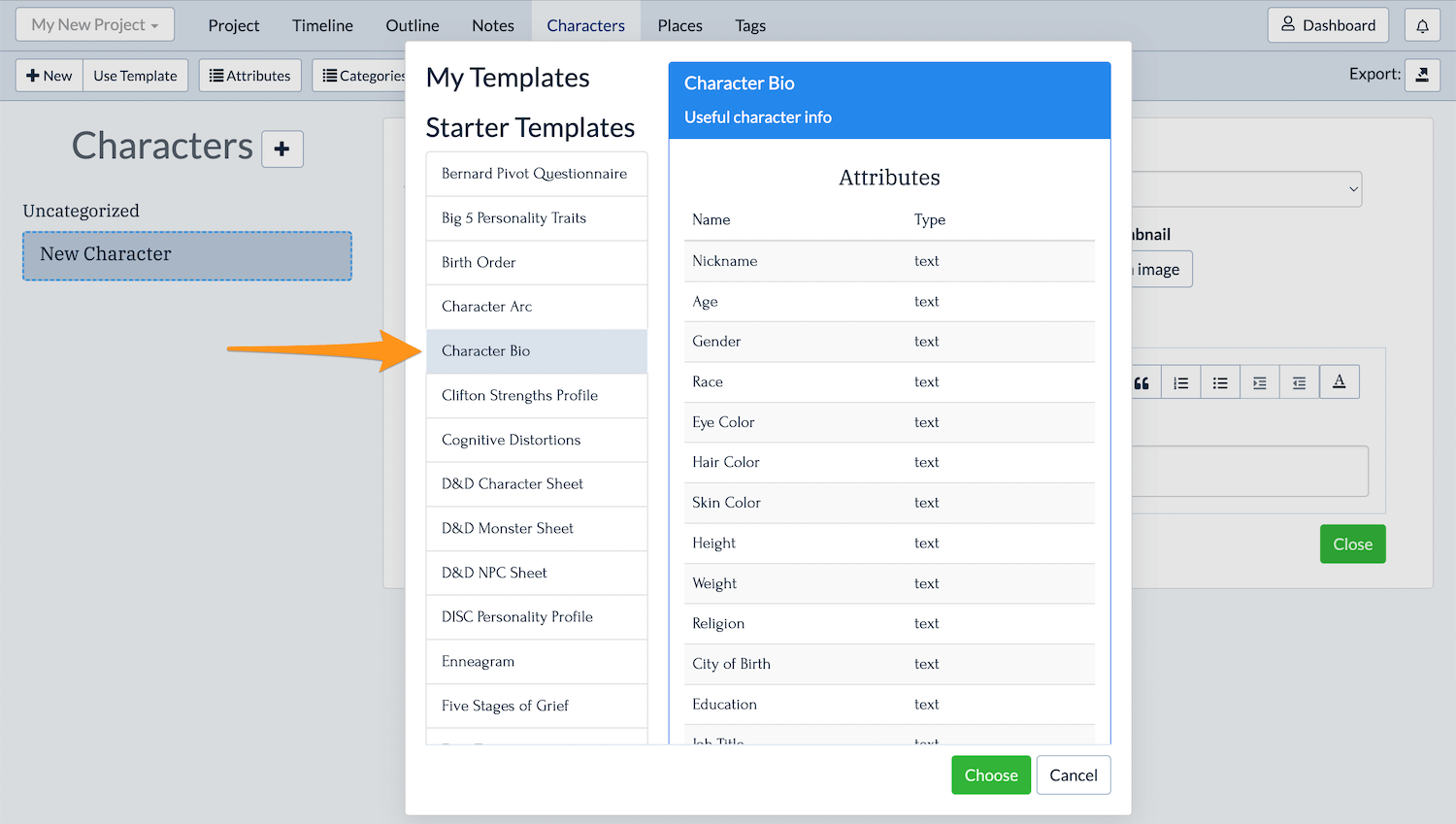
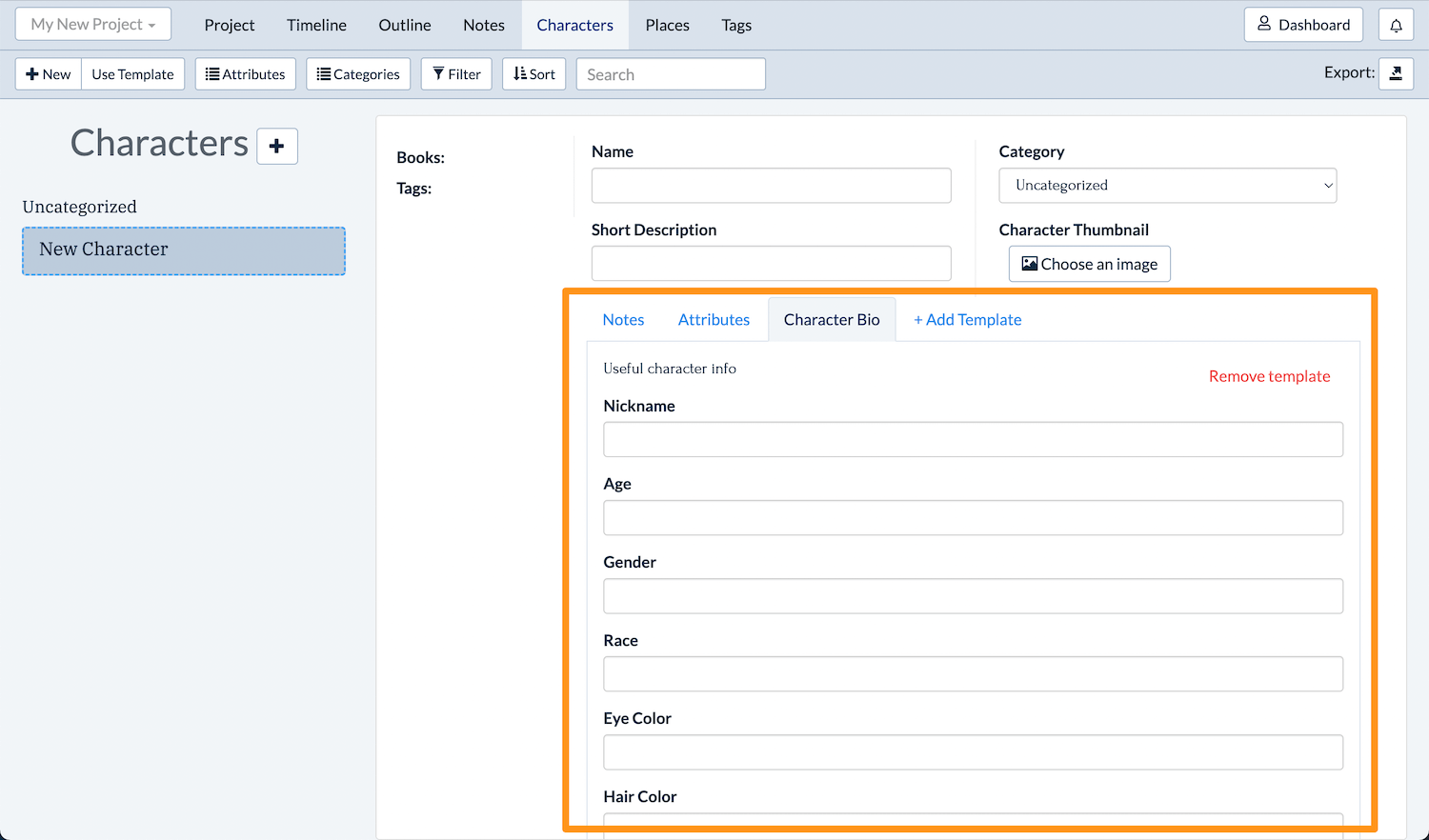
And voila! That’s how you organize your character bios in Plottr—easy peasy.
The Character Bio template also pairs well with these Plottr character development templates:
Using them in combination will give you a fuller picture of your character and can help to fill in some of the blanks in their story.
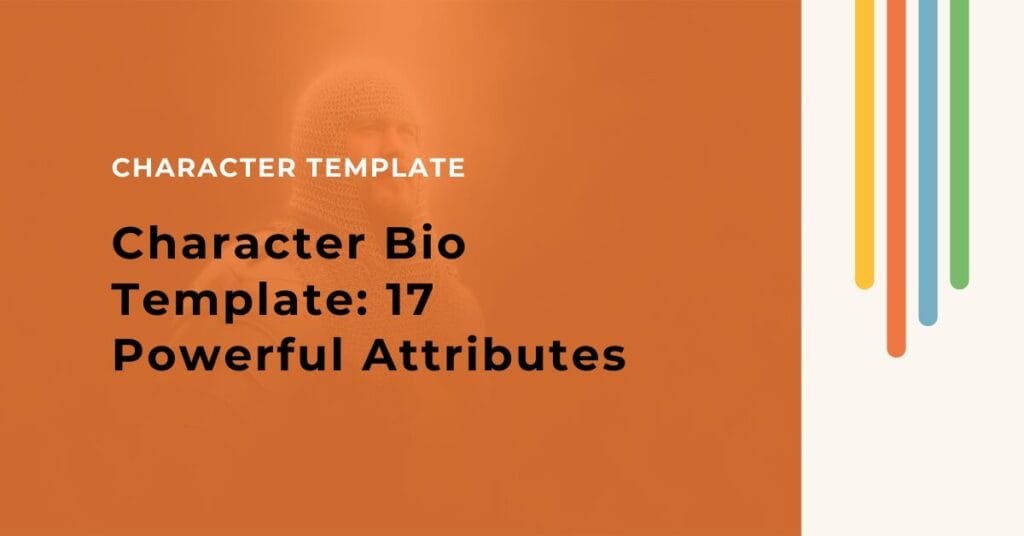

© Fictional Devices, 2024. All Rights Reserved.
4 thoughts on “Character Bio Template: 17 Powerful Attributes”
I love making character bios! I do it in two steps.
First, I use a template I created myself to keep track of the character’s basic arc over the course of the story. I like to list what the flaw is the character will overcome, where they will be at the end of the story, where they will be at the beginning, who or what they are fighting against, and what their external goal is.
I was trained as a social worker so I then do the more extensive bio as if I were doing a biopsychosocial assessment. Under biology, I note what the character looks like, their sexual orientation, any inherited diseases or conditions, etc. Under sociology, I write a complete character history. And under psychology I write the way their history has influenced the person they are today.
I also love that you can put a photo on each character entry in Plottr. I usually find a photo of an actor that I would want to play the character.
This is a really smart way to approach this. I like the division of biological and psychological traits.
Do you give your character any personality tests to establish their psychology, or do you just work from their bio and history?
This is excellent and very helpful. Thank you for posting this
I’ve made character sketches of my ancestors, stories and poems but find it hard to make my own sketch, background story and poetry about my life.
I’m 76 so a long way to go back.